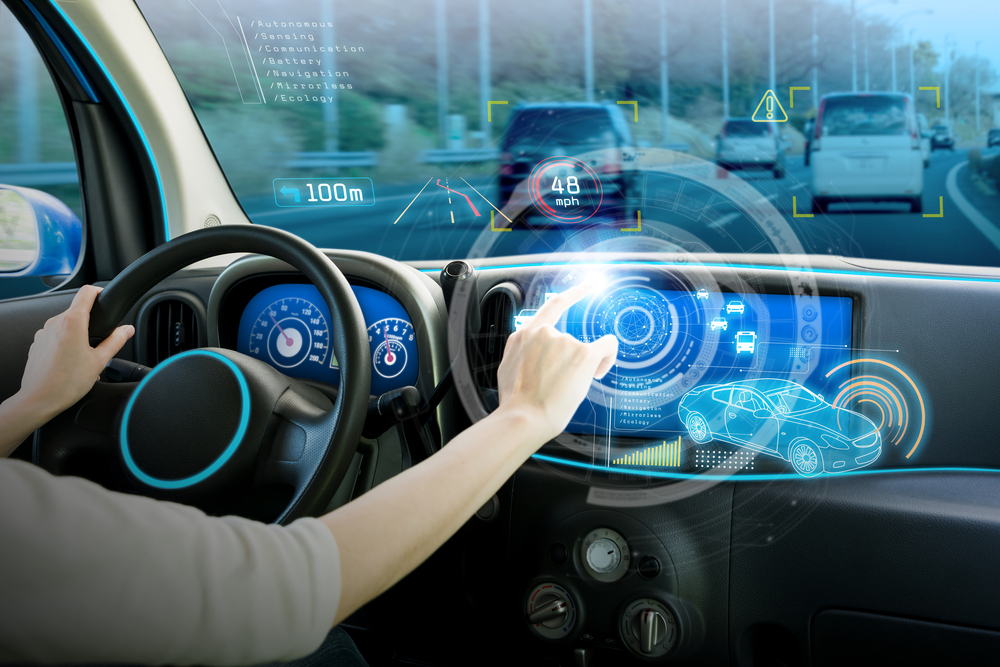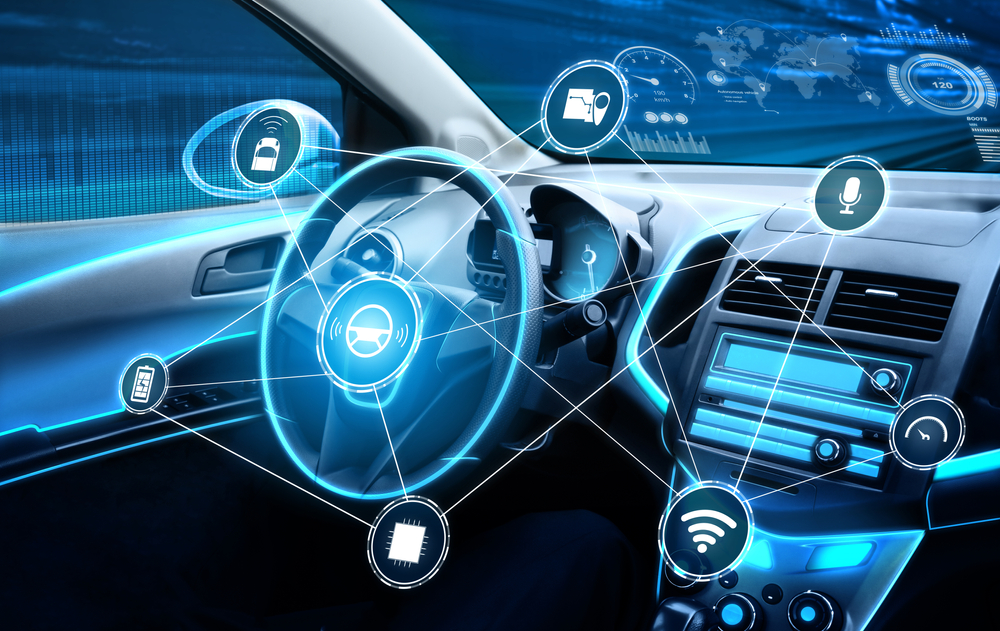The automotive sector is not only a major economic force in India, but it also plays a pivotal role in the country’s changing economic story. Its importance is highlighted by its sizeable contribution to the GDP, the creation of jobs, and the manufacturing GDP. However, the industry is currently navigating a significant transition that goes beyond these economic indicators. This transition is being driven by the convergence of connected technologies, electric drivetrains, and cutting-edge mobility-as-a-service models. Cutting-edge safety systems have a crucial role to play in this evolution.
The Digital Drive: A Change in Automotive Dynamics Paradigm
The conventional lines that once defined the automotive industry are vanishing quickly, bringing in a time when transportation and technology are synonymous. The industry is moving toward a more environmentally friendly future thanks to electric drivetrains’ small environmental impact. Concurrently, linked technologies are transforming the fundamental meaning of what a vehicle is and adding a new dimension to the driving experience.
Digitization’s pervasive influence is at the core of this transformation. Software used to only be found on computers, but these days it’s woven all over cars, turning them into intelligent machines sometimes referred to as “computers on wheels.” This paradigm change involves more than just technology; it also involves redefining the place of automobiles in our lives.

Connectivity: Moving Towards a Driving Force from Convenience
The seamless integration of software with vehicles is transforming the automotive landscape, with connectivity emerging as a key component. These days, it is uncommon to find a car without a connected gadget of some kind. The consequences of this interconnectedness surpass the domains of security and ease. Cars are now data hubs with real-time analysis capabilities for performance optimization, emission compliance, and traffic management. This connectivity is evidence of how cars have changed over time, going from being independent objects to essential parts of a networked ecosystem.
As the amount of connectivity in vehicles has increased, they have become customized living areas. Because they are spending more time in their cars, consumers are now expecting better user experiences. This change in what customers expect is closely tied to accessibiliy, aesthetics, and overall usefulness, collectively shaping the field of user experience (UX).
Autonomous Driving: The Merging of Innovation and Safety
This automotive revolution has become even more complex with the advent of autonomous driving. The integration of sophisticated software and sensor technology is essential for the smooth operation of multiple components in order to achieve autonomous mobility. In the near future, automated driving will become more widely used thanks to L2+ system solutions and technologies.
There’s more to self-driving cars than meets the eye: safety. The use of advanced driver assistance systems (ADAS) is significantly reducing the risks connected to driverless vehicles. It is increasingly necessary to implement anticipatory and preventive safety measures in order to lower the concerning numbers of traffic fatalities and accidents. Safety regulations are being introduced by governments across the globe, including India, to guarantee the integration of these technologies in all vehicle segments.
Digitalization: A Driving Force for Advancement and Constraints
Digitalization is clearly the main force driving the automotive industry’s growth. Over-the-air updates are now commonplace in vehicles that are connected to the Internet of Things. This practice represents a change toward the creation of a completely new network and vehicle architecture, as well as the remote deployment of critical updates, such as firmware and cybersecurity patches.
Digitalization has been a driving force, but it has also made some things clear. The limitations of the current systems have forced the creation of a completely new network and vehicle architecture. The first step toward designing vehicle systems more efficiently is to adopt a server-oriented architecture.
Connected Mobility: Moving Beyond Cars to an Ecosystem in Interaction
Connected mobility is about more than just cars; it’s about things that are connected to each other even outside of individual vehicles. This connectivity provides a wide range of benefits that go beyond just transit options. It establishes the foundation for the development of autonomous mobility by signifying the convergence of multiple mobility solutions via the internet.
The move toward connected mobility represents a dramatic change in perspective. It represents the creation of a networked environment in which various mobility solutions, infrastructure, and automobiles all interact with one another. Beyond just individual cars, this interconnectedness creates opportunities for creative solutions to traffic control, urban mobility, and overall transportation efficiency.

ADAS and the Road Ahead: Safety as the Bedrock
Advanced safety systems are becoming the cornerstone of this revolutionary journey as we navigate the future. Advanced Driver Assistance Systems (ADAS) integration is a commitment to enhancing road safety, not just a technological advancement. These technologies, which include lane departure alerts and collision avoidance, are at the forefront of reducing the risks connected with driving, particularly in light of the growing popularity of autonomous vehicles.
Governments and oversight organizations are realizing how important ADAS is to improving traffic safety. In India, where a high number of people die in traffic accidents each year, there is an increasing focus on implementing these safety features in all car classes. This pledge signifies a worldwide recognition of the role advanced safety systems play in reducing accidents and saving lives.
The Path Ahead: A Journey Into Safety, Connectivity, and Enjoyment
In summary, the automotive industry’s adoption of transformative technologies is creating a seamless experience that seamlessly combines technology, safety, and a sense of individuality—not just reshaping the future of mobility. The road ahead promises not only safer travels but also a redefined and enhanced driving experience for everyone as we navigate this evolution. The development of advanced safety systems in the automotive industry is about more than just innovation—it’s about building a more connected, safer, and ultimately pleasurable driving environment.

